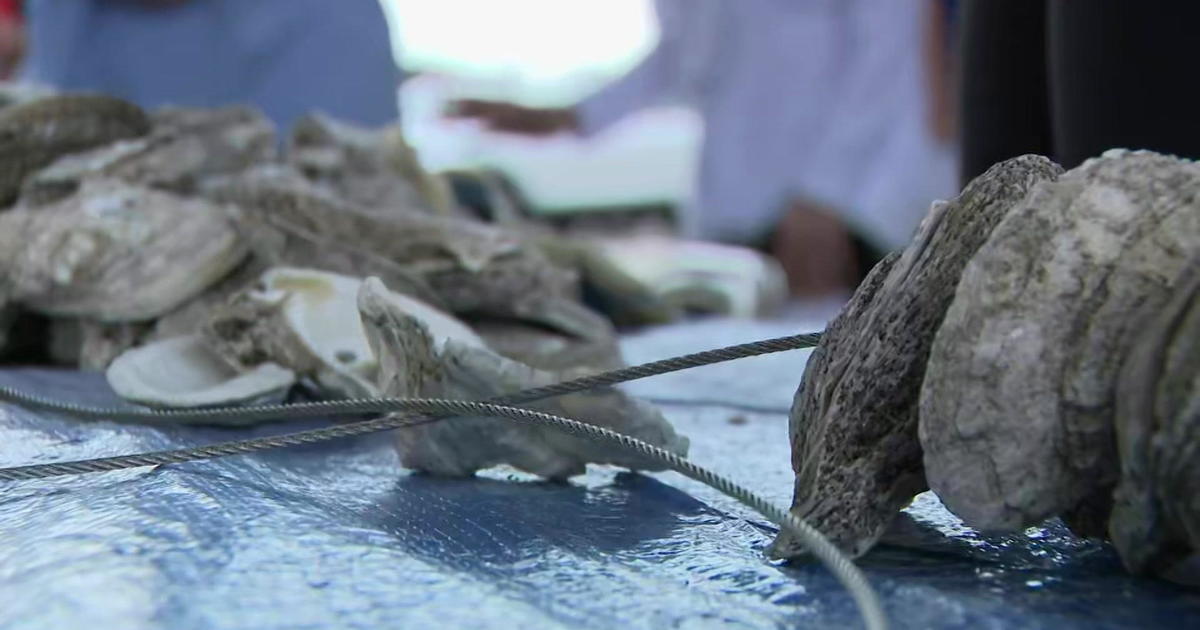Anti-Bacterial Wipes: You're Using Them Wrong
Follow CBSMIAMI.COM: Facebook | Twitter
MIAMI (CBSMiami) - The every day household disinfecting wipes are easy to grab and easy to use.
But, does wiping really disinfect?
Researchers in the United Kingdom tested how well a single disinfecting wipe worked at killing three types of troublesome bacteria along three consecutive stainless steel surfaces. They wiped, then checked cultures.
"The initial wipe will probably get rid of the most bacteria on that surface, but if you wipe someplace else, you're actually spreading the bacteria from the one surface to the other," said dermatologist Dr. Brian Horvath.
In their experiment, to prevent this spread, they found one wipe should be used in one small area only.
"One wipe can be used in a meter-squared area, which is about the width of your arms when you put them out in front of yourself," Dr. Horvath said.
So, how does this compare to how wipes are actually used at home?
"You probably have to use two, or maybe three even, wipes to clean something like the entire size of a kitchen island," Dr. Horvath said. "If you had an uneven surface that had a lot of tile or grooving, you'd have to use even more wipes. I like it when they change the wipe."
St. Clair Hospital Infection Preventionist Laura Morris agreed.
"If the area were heavily contaminated, that they might be spreading organisms over a large area like that," Morris says. "We want to use more than one wipe, and use a wipe so that you're getting the surface wet, and we always want that to air dry."
At St. Clair Hospital, they use hospital grade wipes, and swabs with a special meter to detect an enzyme called ATP (adenosine triphosphate), found in living cells, such as bacteria, fungi and plants.
"The ATP meter detects any organic matter that might be on the surface," Morris said. "They're looking for a level of lower than 250 on the meter."
To try to find a similar pattern as in the UK study, we gave the meter a try. First, we wiped a table down clean to an acceptable reading of 159.
Then, raw chicken drippings were added and a single wipe was used along the entire table.
At the starting end, there was a reading of a whopping 7,482. But, even along the middle, and at the far end, the readings were lower, but still high at 3,950.
So, what can hospital practices teach about using wipes at home?
"You wouldn't want to use the same wipe on various items, where you'd be spreading the organisms," said Morris.
"If you use a wipe in a small area, then discard it immediately, you probably are helping to get rid of bacteria in that area and not spreading it," says Dr. Horvath.
When you use wipes at home, follow the recommendations on the packaging.
One more thing to keep in mind, even if germs end up getting spread along a surface, that doesn't necessarily mean people are getting sick from them. That is the more important outcome than any reading on a meter.



